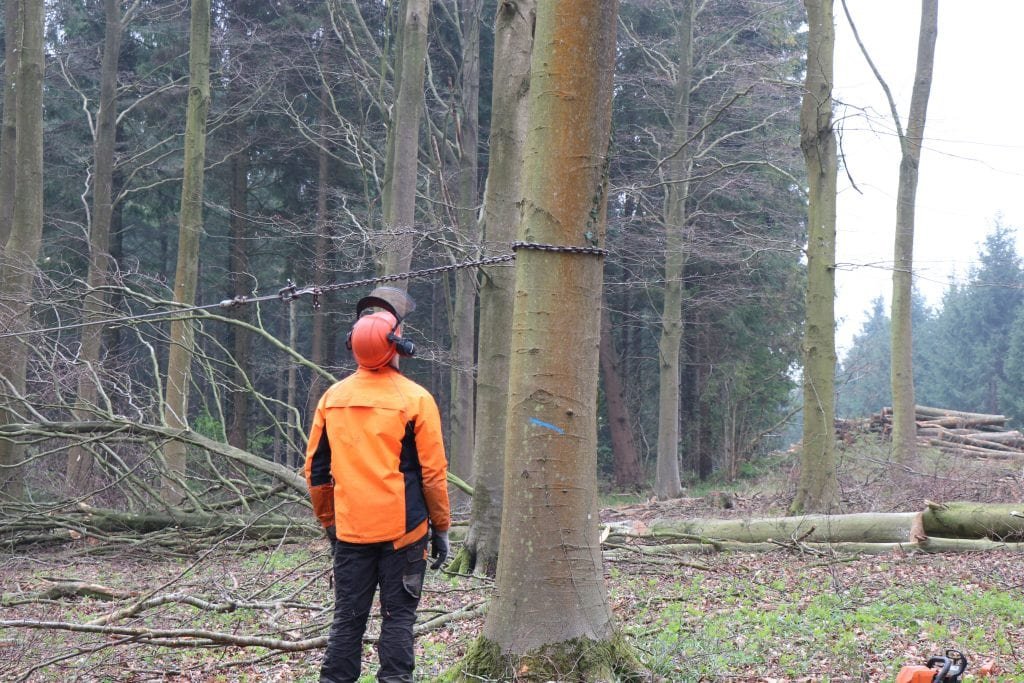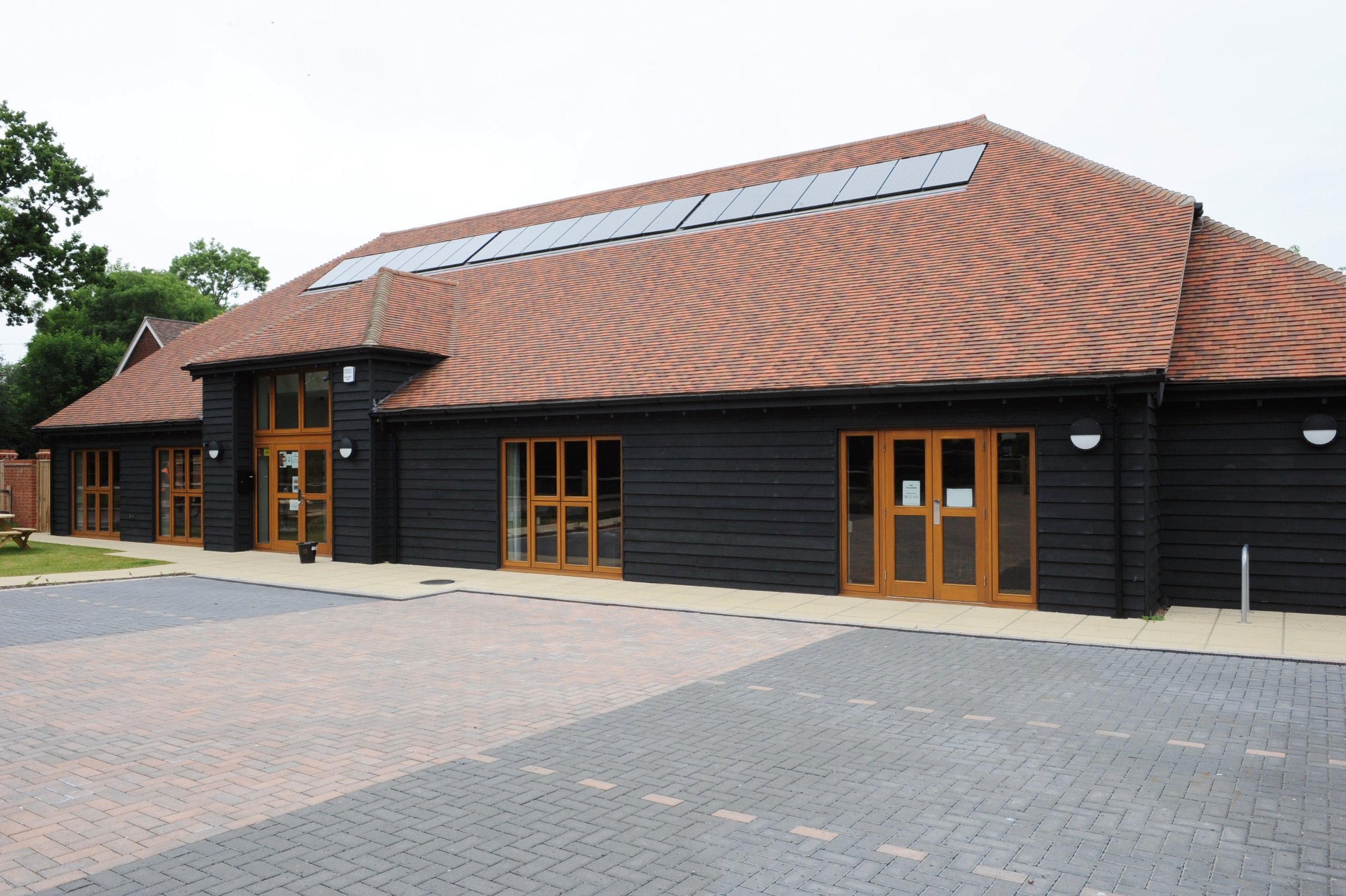What is a Joiner? The Difference Between Carpenter and Joiner
What is Joinery?
Joinery is a term used to cover all sorts of fine woodwork. The word comes from the practice of physically joining pieces of wood together by means of various techniques, usually involving cutting precise notches in the wood to make them fit together, followed by pressurized and heated moulding, then finishing. This involves bench assembly work almost entirely completed in a workshop.
However, while the terms are sometimes used interchangeably, joinery and carpentry hold key differences.
The Difference Between a Carpenter and a Joiner
To define joinery means explaining the difference with carpentry. Despite involving overlapping skills, joinery and carpentry are separate trades.
In the construction industry, the responsibilities of carpenters include building and repairing boats, roofs, timber frame structures and furniture. More project-specific jobs include first and second fix installations, architraves and even loft ladders! Some specialise in the more artistic side of the trade as well, taking standard timber and making it fit bespoke end-use applications, such as bespoke handmade furniture, sculptures and garden features.
Generally speaking, carpenters work with the ‘large’ elements of construction when away from the workshop, often ensuring the structural integrity of projects more than the external appearance. For this, they might even use metal as part of their craft. The erection of a building, for example, requires the skills of a carpenter from the very beginning, whereas a joiner would become crucial to the later stages of construction.
Professional similarities between carpentry and joinery:
Both joiners and carpenters are experts in a wide range of different types of wood joints and techniques.
Members of both professions tend to progress to becoming site managers, due to their ability to read drawing and set out work to exacting standards.
What does a Joiner do?
Essentially, joiners make the products that carpenters may install or repair back in their workshops.
A professional joinery service is necessary during renovation, construction and development projects. Joiners produce many different types of woodwork, including:
Cabinet-making
Manufacturing interior and exterior doors
Windows
Staircases
Floors
Bookshelves
Tables
Skirting boards
Architrave
Board lining
The tools and machinery necessary to obtain the best results (e.g. steam bending, moulding or a 5-axis CNC) are not portable, so a lot of work is completed in a workshop. For the joinery department at WL West Timber, this means we oversee entire projects: from a tree in the ground to the finishing touches in our customer's property. Each step of the way happens under our roof and supervision.
A joiner takes years to amass the skills necessary to obtain perfect results. However, a little joinery knowledge is always useful for DIY projects, whether you are a scout leader or planning on renovating your home.
If you dabble yourself, have a look at our retail shop for high-quality tools, finished joinery products and timber supplies.
W L West - the handiwork of one of our full-time joiners, halfway through production.
How much is bespoke joinery work?
Depends on the size of the project! And also on the complexity involved, the materials in use, and what woodworking machinery is available. A professional joiner will also take into account the type of wood being used, the manufacturing process, and the level of service necessary (e.g. if the wood requires all the necessary preparation first).
WL West Timber is a family-owned sawmill & timber merchant in West Sussex with over 155 years’ industry experience. We provide a wide range of air-dried oak and kiln-dried oak timber products and supplies. We also build and install custom projects for our customers.
For more news, tips and updates, follow us on Facebook, Twitter, or Instagram.
For entirely finished products, timber supplies or woodworking tools, have a look at our online shop.







